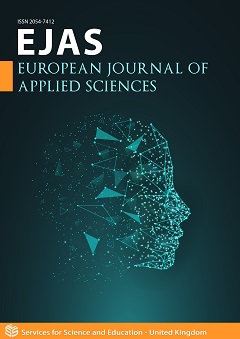Food Consumption and Type 2 Diabetes: Correlation Using Stochastic and Non-Stochastic Analyses Based on Food Expenditure in Italy
DOI:
https://doi.org/10.14738/aivp.112.14441Keywords:
type 2 diabetes, food expenditure, yogurt, canned fish, wine, neural network, tomatoesAbstract
Background: Type 2 diabetes may be caused by some foods, which have been identified both in clinical practice and in prospective and epidemiological studies. Objective: To calculate the correlation between prevalence of death from type 2 diabetes and food expenditure for the main 56 categories of food sold in Italy. Methods: The food expenditure data were taken from the ISTAT (Istituto Italiano di Statistica) records that measure the spending of at least 19500 families in 540 municipalities in Italy on a yearly basis. The sample represents 6.3% of all Italian municipalities. The correlations were calculated using stochastic and non-stochastic (neural network) analyses. Results: Both types of analysis showed similar results. The correlations indicated sugars, fish and fresh tomatoes as causative of the disease, while yogurt, some fruits, canned fish and wine/liqueurs (with a moderate weekly consumption) emerged as protective. Significant differences were found between the northern and southern regions of Italy. A significantly lower prevalence of the disease was seen in northern regions due to a lower consumption of causative foods and higher consumption of protective foods. Conclusions: The results indicate that analysing food expenditure on a yearly basis may be a valid tool to determine the correlation between foods and type 2 diabetes. This method may be considered as an alternative to epidemiological and prospective clinical trials since it can be used to determine which foods may be causative of any disease very rapidly.
Downloads
Published
How to Cite
Issue
Section
License
Copyright (c) 2023 Cornelli, Umberto, Grossi, Enzo, Recchia, Martino

This work is licensed under a Creative Commons Attribution 4.0 International License.






